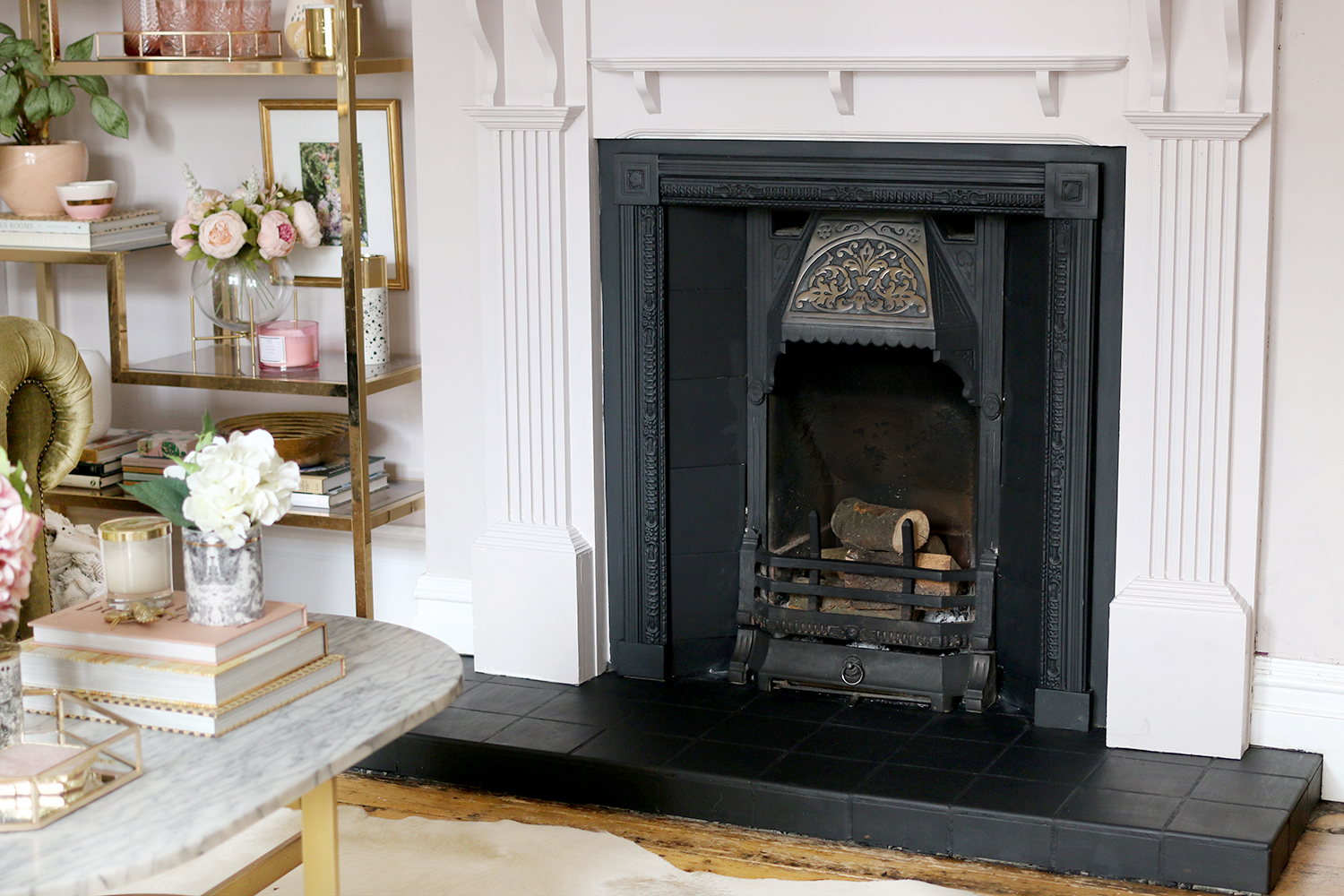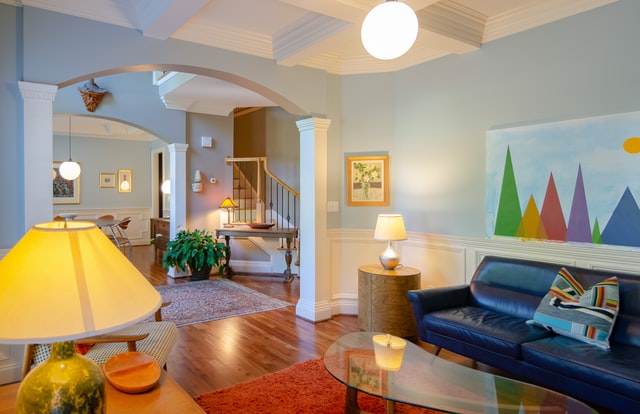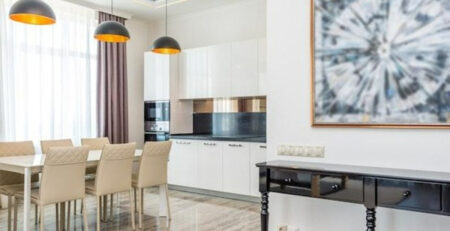How to Choose the Right Hearth for Your Fireplace
Source: swoonworthy.co.uk
Fireplaces have been a key feature of our domestic environments for many centuries. Home is where the hearth is, you could say. And who doesn’t love to sit around a warm and cosy fireplace, relaxing with a glass of wine or a good book?
Perhaps you have an old fireplace in your home that needs some TLC to bring it back to life. Maybe you’re replacing an old style with a more contemporary look or you’re thinking of installing a new appliance altogether. However you’ve decided to upgrade your living spaces, you will find a wealth of choice when it comes to fireplace surrounds in wood, metal and stone. But don’t forget that it actually all starts with the hearth.
What is a fireplace hearth?
Put simply, the hearth is the floor of the fireplace. In a traditional fireplace – visualise an old inglenook if you will – there would be a fire basket sitting on top of the hearth below the chimney opening. The hearth would typically be made from stone or brick and extend slightly into the room.
The point of having a hearth is to protect the floor from the open flame. Obviously, an open fire can be dangerous when around combustible materials, so the fire must always be placed on a fire-resistant surface that will not crack with the intense heat. There are important safety regulations surrounding fire hearths that you need to take into account when you buy one.
The protruding part of the hearth also serves an important purpose. Known as the hearth extension, it is designed to catch burning embers, ash or other combustible materials that could easily catch fire.
Finally, a hearth is also a decorative item that completes the look of your fireplace, while making sure that the flames are a safe distance from anything (and anyone) that could be harmed by the fire.
Source: chandlerstoneworks.co.uk
What are the best materials to use?
The material you choose for your fire hearth largely depends on the type of fire you have. Solid fuel burning fireplaces for wood or coal, for instance, have more specific needs than modern gas and electric heating methods. Solid fuel emits a much harsher heat that can cause all but the hardiest materials to crack.
Here are three of the most popular hearth materials:
- Granite is one of the best materials for solid fuel burning fireplace hearths. Look out for ‘slabbed’ granite, meaning it has been cut into pieces and mounted in concrete to provide space for expansion when it gets hot. Granite can look fabulous with period style fireplaces or in bold, modern interior schemes.
- Slate is an excellent alternative to granite if you are looking for a solid black surface. Whether you go for a polished jet black look or a natural deep matte grey tone, a slate hearth if suitable for solid fuel fires as well as gas and electric appliances.
- Micro marble is a man-made stone comprised of crushed marble and resin. This creates a strong, heat-resistant bond that looks like marble but is much easier to maintain. Micro marble hearths including perla stone are suitable for electric fires, but not for solid fuel fires or high-efficiency gas fires.
Source: houzz.com
Solid Fuel Burning Fire Hearths
Solid fuel fires burn with an intense heat, meaning that the hearth provides essential fire safety. All domestic installations must follow the relevant regulations to ensure that you are protected from fire hazards.
Depending on the size of your fireplace, you need the following clearances that determine the correct size of the hearth:
- For fireplaces with an aperture of less than 6 sq ft, the hearth must project 16 inches in front and 8 inches to the side of the fireplace
- Larger fireplace apertures require the hearth to extend 20 inches to the front and 12 inches to each side
Take a look at the HETAS illustrations below to get a clearer idea of the required clearances.
Source: hetas.co.uk
Source: hetas.co.uk
You also need to consider the thickness of your fireplace hearth. Depending on the amount of heat generated by your fire, you need
- 12mm thickness if the temperature generated is less than 100 degrees centigrade
- 250mm thickness if the temperature generated is more than 100 degrees centigrate and the fire basket is sitting on a combustible surface such as wood
- 250mm combined floor and hearth thickness if the temperature generated is more than 100 degrees centigrade and the fire basket is sitting on a combustible surface such as concrete
Your fireplace supplier or installer should be able to advise on the correct specifications for your hearth.
Gas and electric fireplace hearths
Compared to solid fuel fires, the requirements for gas and electric fire hearths are less stringent. Glass fronted gas fires do still require a hearth while most electric fires don’t have to have one at all.
Whether or not a hearth performs an important safety function, they do make a popular addition to any fireplace set up. Give your fireplace a traditional look that only a hearth can create, and add some decorative touches that make your home uniquely yours.












Leave a Reply